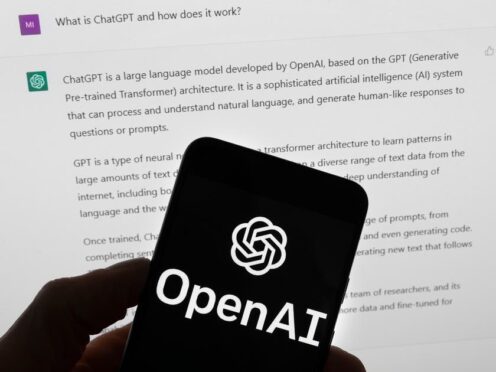ChatGPT-maker OpenAI is getting into the voice assistant business and showing off new technology that can clone a person’s voice, but says it will not yet release it publicly due to safety concerns.
The artificial intelligence company unveiled its new Voice Engine technology on Friday, just over a week after filing a trademark application for the name.
The company claims that it can recreate a person’s voice with just 15 seconds of recording of that person talking.
OpenAI says it plans to preview it with early testers “but not widely release this technology at this time” because of the dangers of misuse.
“We recognise that generating speech that resembles people’s voices has serious risks, which are especially top of mind in an election year,” the San Francisco company said in a statement.
In New Hampshire, authorities are investigating robocalls sent to thousands of voters just before the presidential primary that featured an AI-generated voice mimicking President Joe Biden.
A number of start-up companies already sell voice-cloning technology, some of which is accessible to the public or for select business customers such as entertainment studios.
OpenAI says early Voice Engine testers have agreed to not impersonate a person without their consent and to disclose that the voices are AI-generated.
The company, best known for its chatbot and the image-generator DALL-E, took a similar approach in announcing but not widely releasing its video-generator Sora.
However, a trademark application filed on March 19 shows that OpenAI likely aims to get into the business of speech recognition and digital voice assistant.
Eventually, improving such technology could help OpenAI compete with the likes of other voice products such as Amazon’s Alexa.
